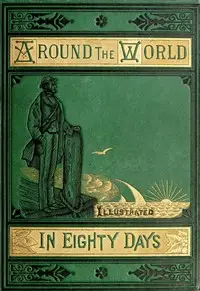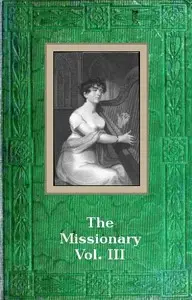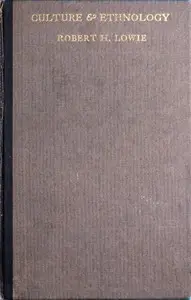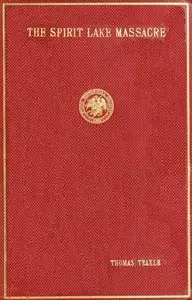"Celebrated Travels and Travellers, Part 1" by Jules Verne is a historical account that recounts the adventures of pioneering travelers from antiquity to the Middle Ages, highlighting their impact on geographical knowledge. The narrative follows explorers like Hanno of Carthage as he navigates off the African coast, and details the journeys of Herodotus, who ventured through lands such as Egypt and Persia. Verne paints a picture of their expeditions, sharing their reasons for traveling and the societies they met, while charting the growth of global understanding across time. It establishes the basis for a broad look at the world's exploration through diverse ages and civilizations.

Celebrated Travels and Travellers, Part 1. The Exploration of the World
By Jules Verne
Embark on a thrilling expedition alongside history’s greatest adventurers as they uncover distant lands, ancient civilizations, and the uncharted corners of the world.
Summary
About the AuthorJules Gabriel Verne was a French novelist, poet, and playwright. His collaboration with the publisher Pierre-Jules Hetzel led to the creation of the Voyages extraordinaires, a series of bestselling adventure novels including Journey to the Center of the Earth (1864), Twenty Thousand Leagues Under the Seas (1870), and Around the World in Eighty Days (1872). His novels, always well-researched according to the scientific knowledge then available, are generally set in the second half of the 19th century, taking into account the technological advances of the time.
Jules Gabriel Verne was a French novelist, poet, and playwright. His collaboration with the publisher Pierre-Jules Hetzel led to the creation of the Voyages extraordinaires, a series of bestselling adventure novels including Journey to the Center of the Earth (1864), Twenty Thousand Leagues Under the Seas (1870), and Around the World in Eighty Days (1872). His novels, always well-researched according to the scientific knowledge then available, are generally set in the second half of the 19th century, taking into account the technological advances of the time.



















